PROJECT SCOPE
Sirius – Sydney Water
UX Research, Findings Report, Stakeholder Presentation
CLIENT
Sydney Water
PROJECT DURATION
5-6 months
When tech hit the tap:
a digital rollout that clashed with the realities of fieldwork
ROLE
UX Researcher & Presentation Designer
TEAM
Rob Vilensky Team Lead
Cindy Lee Second in Charge
Amanda Tai UX Researcher
Nick Roberts UX Researcher
2019
YEAR
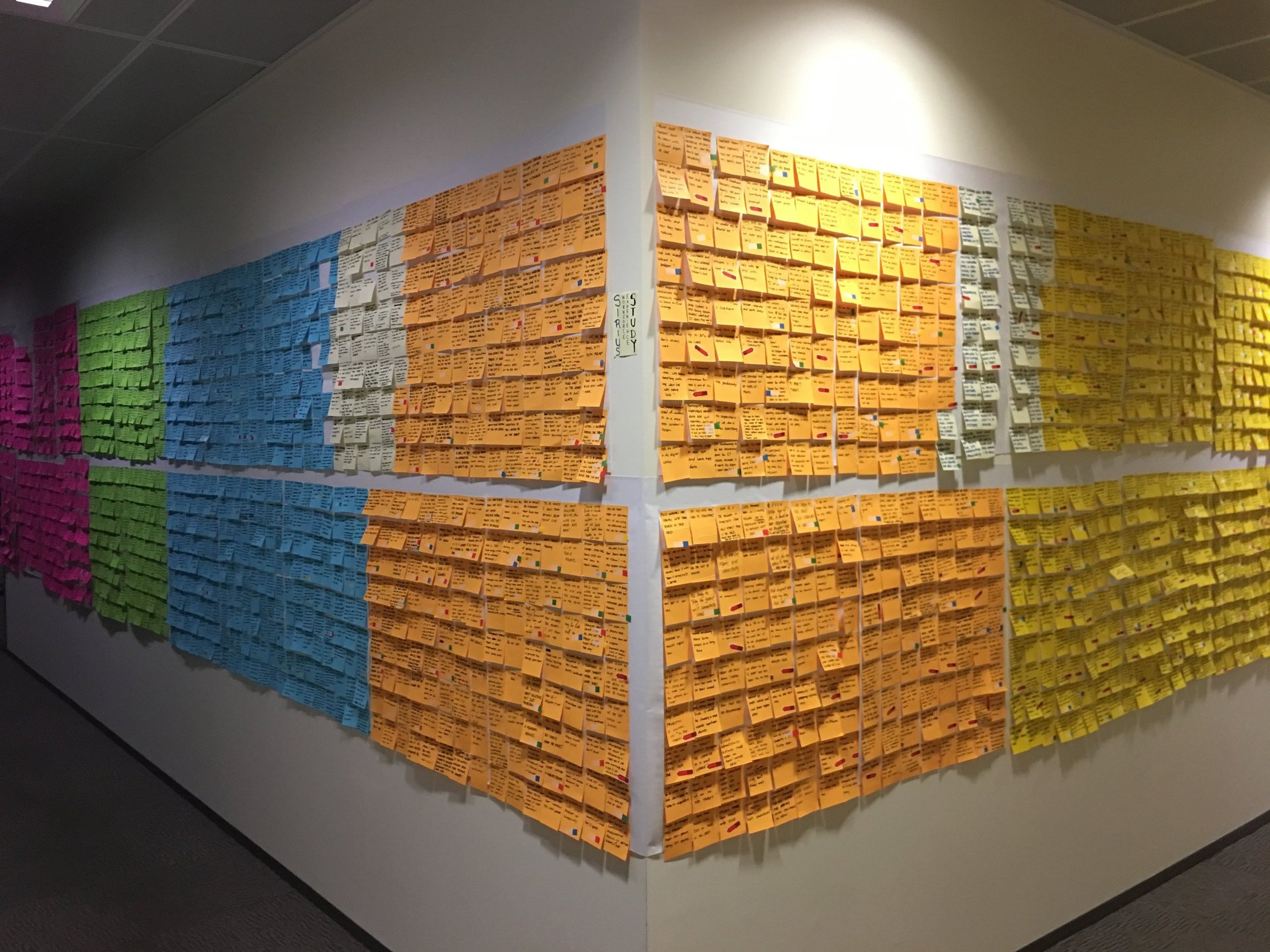
The Challenge
The Sirius rollout was a highly promoted internal initiative aimed at increasing efficiency and modernising field operations through a new digital platform. Field workers — who manage tasks like pipe maintenance, responding to leaks, and residential repairs — were issued tablets to support this shift.
But despite all the promotion, adoption among field staff remained low. We were brought in to uncover usability-related barriers and explore how we could support better engagement with the platform.
What We Noticed Early
From the outset, something felt off.
We expected to find UX/UI issues — unintuitive flows, unclear labels, perhaps clunky interactions. But what we encountered was resistance, frustration, and a noticeable sense of being shut out. Users weren’t just having trouble with the tech — they didn’t want to engage at all.
There was something deeper than usability holding them back: a lack of trust, stemming from a sense that this system had been designed and imposed without their input or needs in mind.
Our Approach
Instead of jumping into quick wins or usability testing, we made a conscious decision to slow down and listen.
We conducted over 30 in-depth 1:1 interviews and contextual inquiries, reaching a wide cross-section of the workforce — from field managers to technicians working in pipes, manholes, residential homes, and more.
This method took significantly more time and effort than surveys or broad testing sessions, but it allowed us to:
Build rapport with disengaged users
Observe how the tablets and interface functioned in real-world environments
Ask why over and over until we got to the core truth
What We Found
The technology itself — Lenovo tablets loaded with the Sirius interface — wasn’t designed for the realities of field work. Workers had to use it in rain, heat, and tight physical spaces without reliable internet access. In many cases, it made their jobs harder, not easier.
But the real insight was this:
Field staff didn’t feel heard.
They saw Sirius as a top-down solution they were forced to adopt, rather than a tool designed to support them. Every usability flaw — no matter how small — reinforced that belief.
Shifting the Brief
Once trust was built, the narrative shifted. Users began opening up. They saw we weren’t there to evaluate them — we were there to advocate for them.
We reframed our deliverables, moving beyond UI fixes to deeper behavioural and cultural recommendations.
We created a set of "How Might We" problem statements centred on:
Building trust and accountability
Increasing clarity and transparency in communications
Redesigning workflows that reflect field realities
We also made the insights visible — literally. We filled a shared hallway wall with user quotes, post-it notes, and findings, so people across departments could engage with the field workers’ experiences. This was critical for teams who were indirectly impacted by Sirius but unaware of what the frontline was really facing.
The Outcome
The leadership team was surprised — and moved — by the emotional depth of our findings.
They extended our engagement to explore broader systemic issues, and began reevaluating not just the platform’s design, but the rollout strategy and communication approach behind it.
More importantly, field workers told us they felt heard, many for the first time. There was newfound hope that the tools they were being asked to use might finally start working for them, not against them.
Takeaway & Learning
This project taught me that not every UX challenge starts on the screen. Sometimes the most critical design work occurs when you leave the interface behind and sit down with people, especially those who feel unseen.
By choosing an unconventional approach — long-form interviews and on-site shadowing — we were able to surface insights that a survey or usability test would have missed entirely. And in doing so, we helped re-establish something far more valuable than a clean UI: trust.
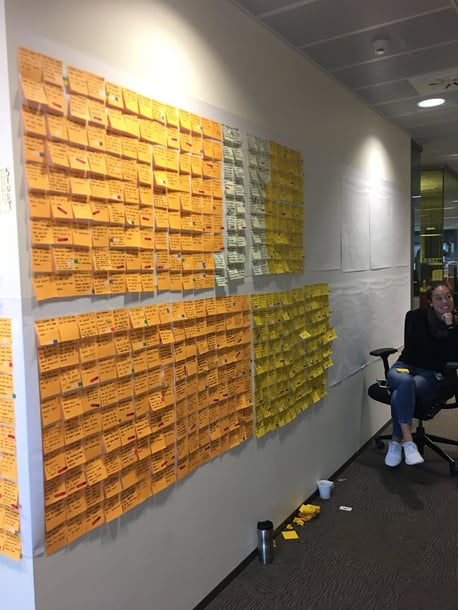
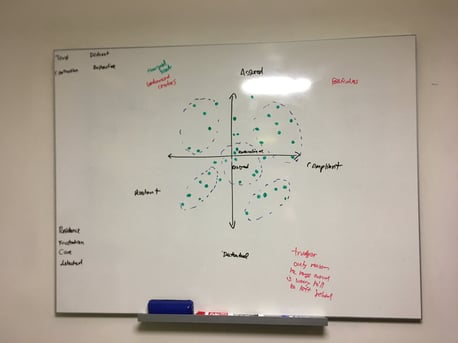
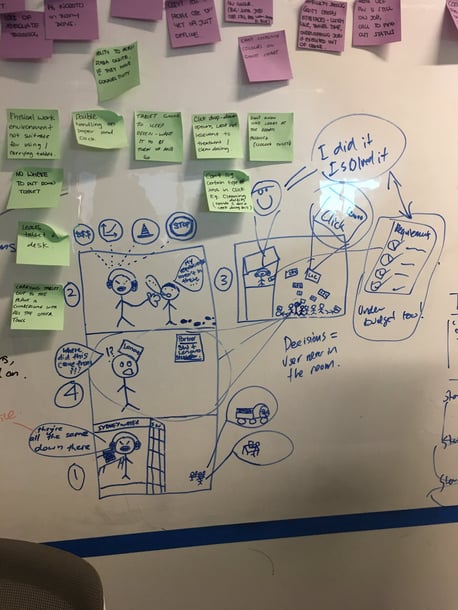
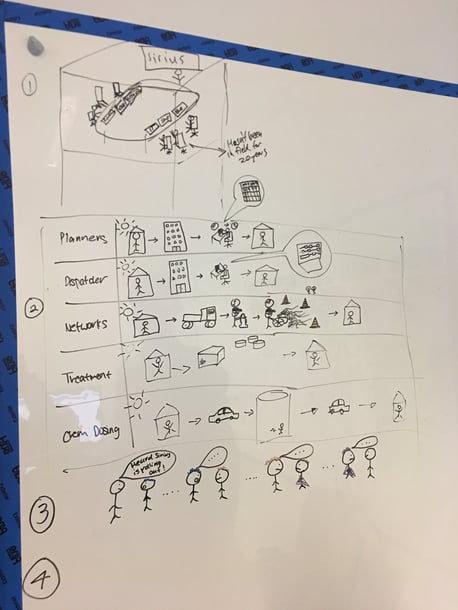
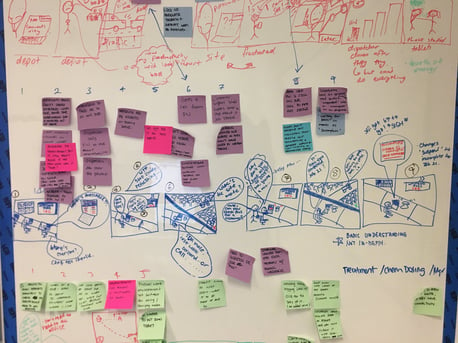





Artefacts from various stages of our project
from top left to right:
1) a shot of me! in the thick of insight synthesis :)
2) a snapshot of user journeys across various
departments impacted by the Sirius rollout
3) attitudinal archetype affinity mapping grid to uncover the main types of characters identified in our 1:1 in-depth interviews
4 & 5) visually extrapolated in-depth user journeys – to incorporate into our final presentation document